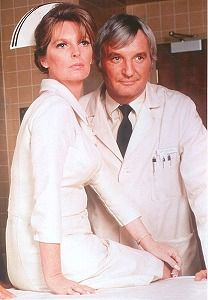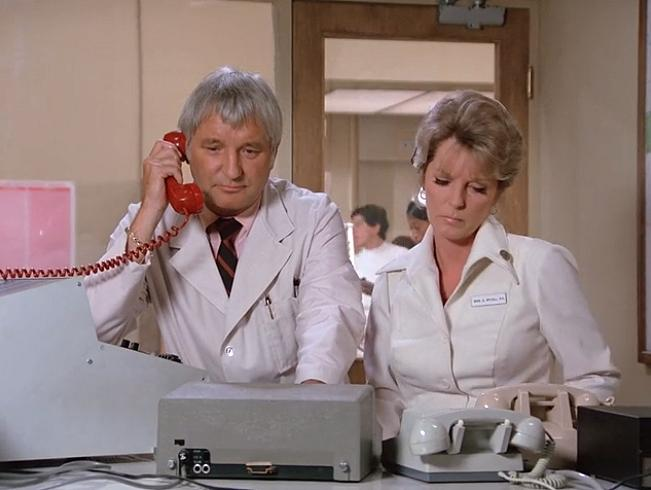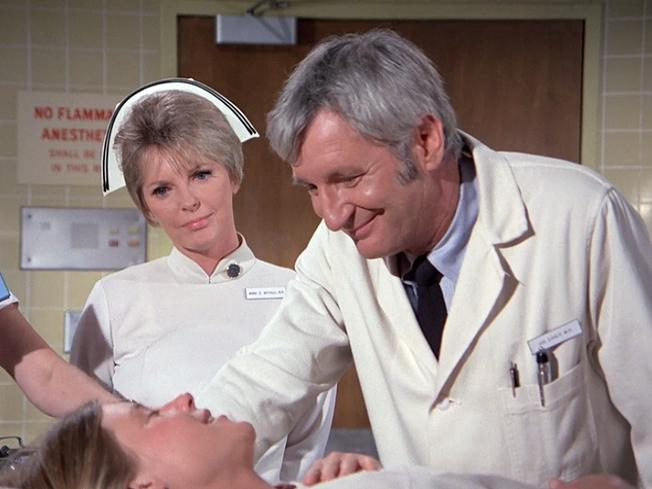“Emergency!” is an iconic American action-adventure medical drama series that captured the hearts of viewers during its original run from January 1972 to May 1977. The show, created by Robert A. Cinader and produced by Jack Webb, revolutionized television by highlighting the essential role of paramedics and emergency medical services (EMS) at a time when these professions were just emerging in American society.
In this article, we’ll dive into the legacy of “Emergency!”, its impact on the portrayal of EMS on TV, and explore the show’s unforgettable characters, memorable episodes, and cultural significance.
What Was “Emergency!” All About?

“Emergency!” was more than just a medical drama. It was a game-changer in the way emergency medical services were represented on television. The show followed the lives of two paramedics—Johnny Gage (played by Randolph Mantooth) and Roy DeSoto (played by Kevin Tighe)—as they responded to emergency calls across the Los Angeles metropolitan area. The duo worked as part of Squad 51, a specialized rescue unit within the Los Angeles County Fire Department. In addition to providing medical care, they also performed daring technical rescues, such as vehicle extrications, all while working closely with the medical staff at Rampart General Hospital.
The series was groundbreaking for its time, portraying the paramedic profession with an unprecedented level of realism and professionalism. It highlighted the growing role of EMS in society and helped to popularize the idea of paramedics as heroes in their own right.
The Impact of “Emergency!” on EMS and Television
At the time “Emergency!” debuted, the role of paramedics was still relatively new in the United States. The show was credited with helping to legitimize EMS and raise awareness about the growing need for highly trained paramedics. The series worked with James O. Page, a pioneering leader in the EMS field, who served as a technical advisor. Page’s involvement ensured that the show accurately depicted the complexities of emergency medical care and the challenges faced by paramedics.
“Emergency!” not only entertained audiences but also educated them about the life-saving work of paramedics. The show introduced the public to the concept of advanced life support (ALS) and helped dispel misconceptions about what paramedics could do in emergency situations. The series also inspired EMS programs in several states and municipalities to improve their services and better train paramedics.
Memorable Characters and Iconic Performances
The success of “Emergency!” can be largely attributed to its memorable characters, many of whom became household names. Randolph Mantooth’s portrayal of Johnny Gage, the youthful and sometimes immature paramedic, struck a chord with audiences, making him one of the show’s most beloved characters. His on-screen partnership with Roy DeSoto, played by Kevin Tighe, formed the heart of the show. Roy, the more experienced and grounded paramedic, served as a mentor to Johnny, creating a dynamic that resonated with viewers.

The show also boasted a talented ensemble cast that included:
- Dr. Kelly Brackett (Robert Fuller), the dedicated and calm head physician at Rampart General Hospital.
- Dixie McCall (Julie London), the compassionate head nurse who often worked alongside the paramedics to provide critical care.
- Dr. Joe Early (Bobby Troup), the brilliant neurosurgeon and husband of Julie London in real life.
- Marco Lopez (Marco Lopez) and Chet Kelly (Tim Donnelly), who were part of the fire crew at Station 51 and contributed to some of the most memorable rescue scenes.
The interactions between these characters brought a sense of camaraderie and teamwork to the show, and their dedication to saving lives made them role models for viewers.
The Realism Behind the Scenes: How “Emergency!” Stayed True to Life
What set “Emergency!” apart from other medical dramas of the era was its commitment to realism. Unlike many of its contemporaries, which focused on the dramatic aspects of hospital life, “Emergency!” highlighted the dangerous and heroic work of paramedics in the field. The show featured authentic EMS equipment, including the Biophone (a portable device used to transmit patient information to the hospital), defibrillators, and even firefighting equipment used in rescues.
To ensure the accuracy of medical procedures, the main actors underwent training as paramedics. This hands-on experience allowed them to portray their roles with an authenticity that was rare for television dramas at the time.
The Cultural Significance of “Emergency!”
Beyond its entertainment value, “Emergency!” played a significant role in shaping public perceptions of paramedics and the EMS field. Prior to the show’s airing, ambulance services were often associated with basic transportation, and paramedics were often seen as little more than drivers. “Emergency!” helped change this narrative, showing viewers that paramedics were highly skilled professionals capable of saving lives and making critical medical decisions in the field.

The impact of the show was so great that “Emergency!” memorabilia—including items like the firefighters’ helmets, Biophone, and defibrillator—was accepted into the Smithsonian Institution’s National Museum of American History. The collection is now part of the museum’s public-service section, further cementing the show’s place in American cultural history.
A Legacy That Lasts: The Enduring Popularity of “Emergency!”
Although “Emergency!” ended in 1977 after 122 episodes, its legacy continues to live on. The series not only inspired numerous EMS professionals but also served as the foundation for future television shows focused on medical and rescue services. It set a new standard for the portrayal of emergency medical care, and its influence can be seen in shows like Chicago Fire, Third Watch, and ER.
The series was so popular that it spawned several made-for-TV movies in the late 1970s, further expanding its reach. The show’s impact on EMS training and public awareness about the importance of emergency medical services cannot be overstated.
Conclusion: Emergency! – A Show That Saved Lives
“Emergency!” was more than just a TV show; it was a cultural milestone that helped redefine the role of paramedics in American society. By blending action-packed rescues with medical drama, the series became a groundbreaking portrayal of emergency services at a time when the field was still developing. With its memorable characters, realistic medical scenarios, and lasting influence on both television and real-world EMS, “Emergency!” will forever be remembered as a trailblazer in the world of action-adventure medical dramas.


